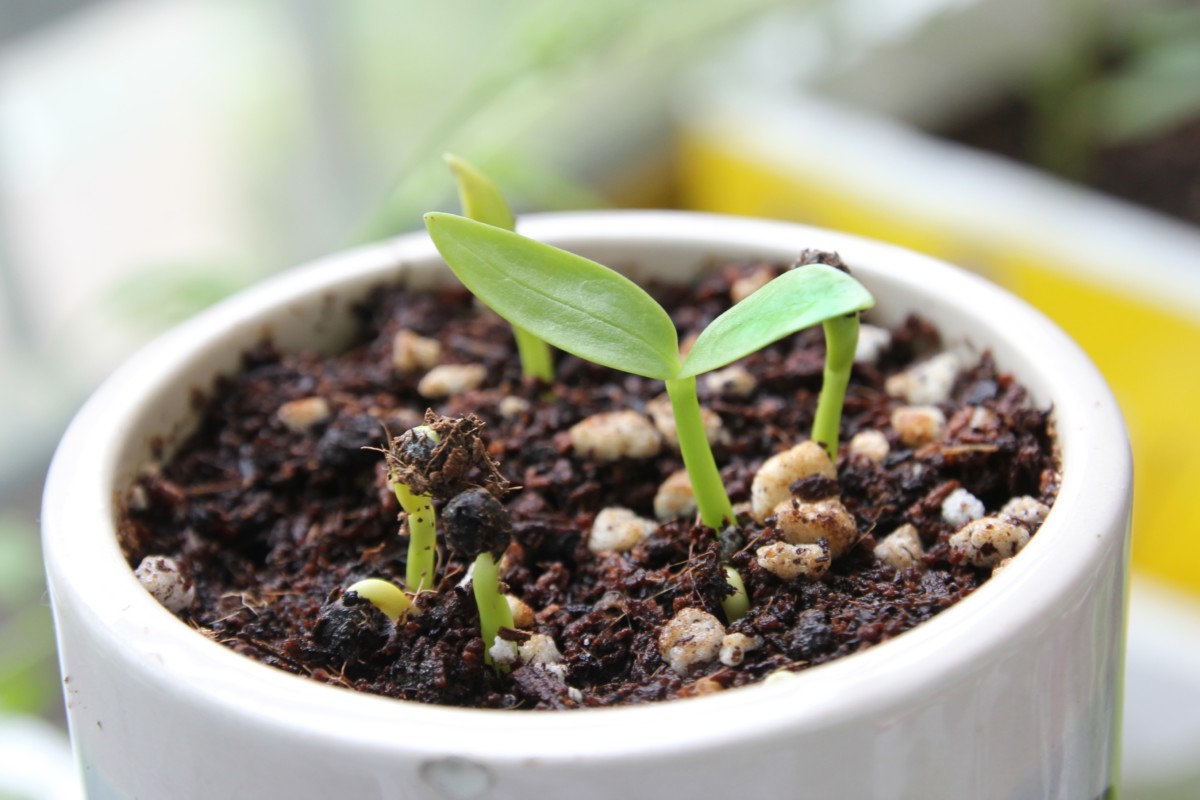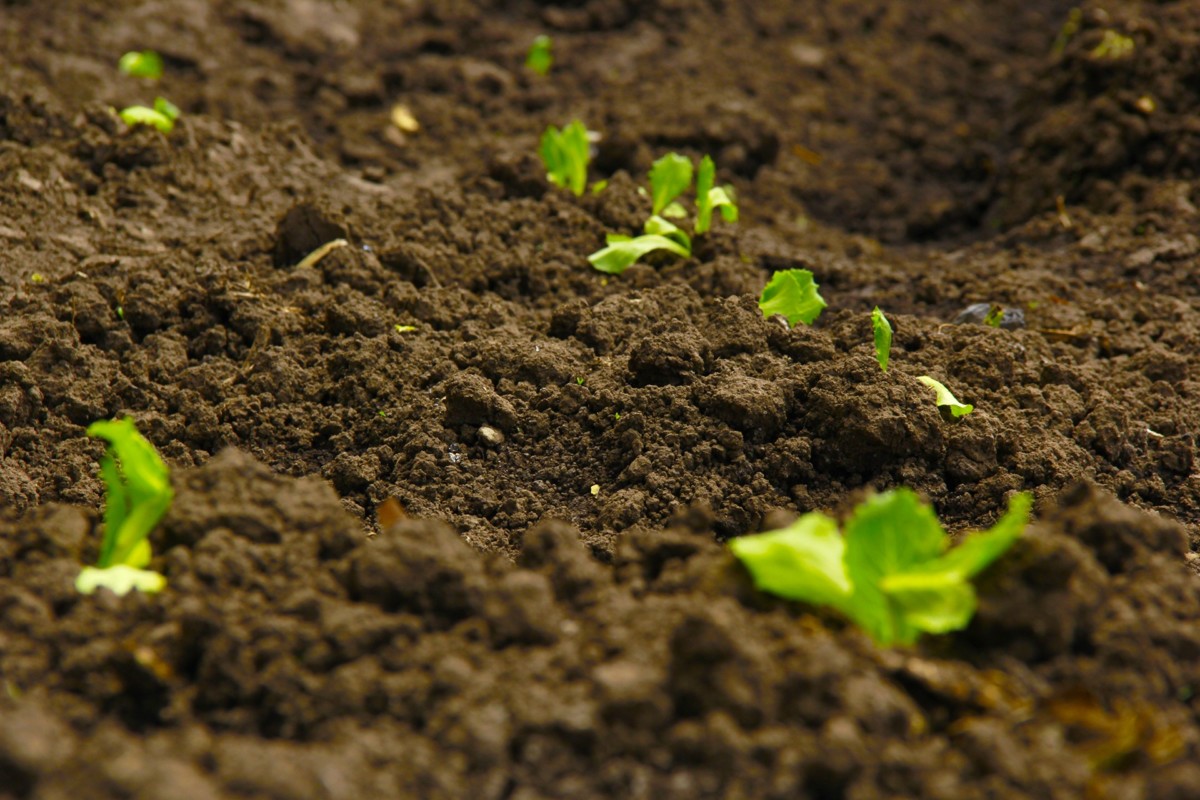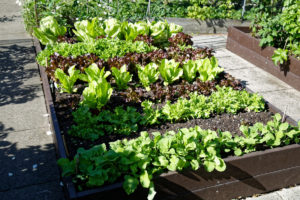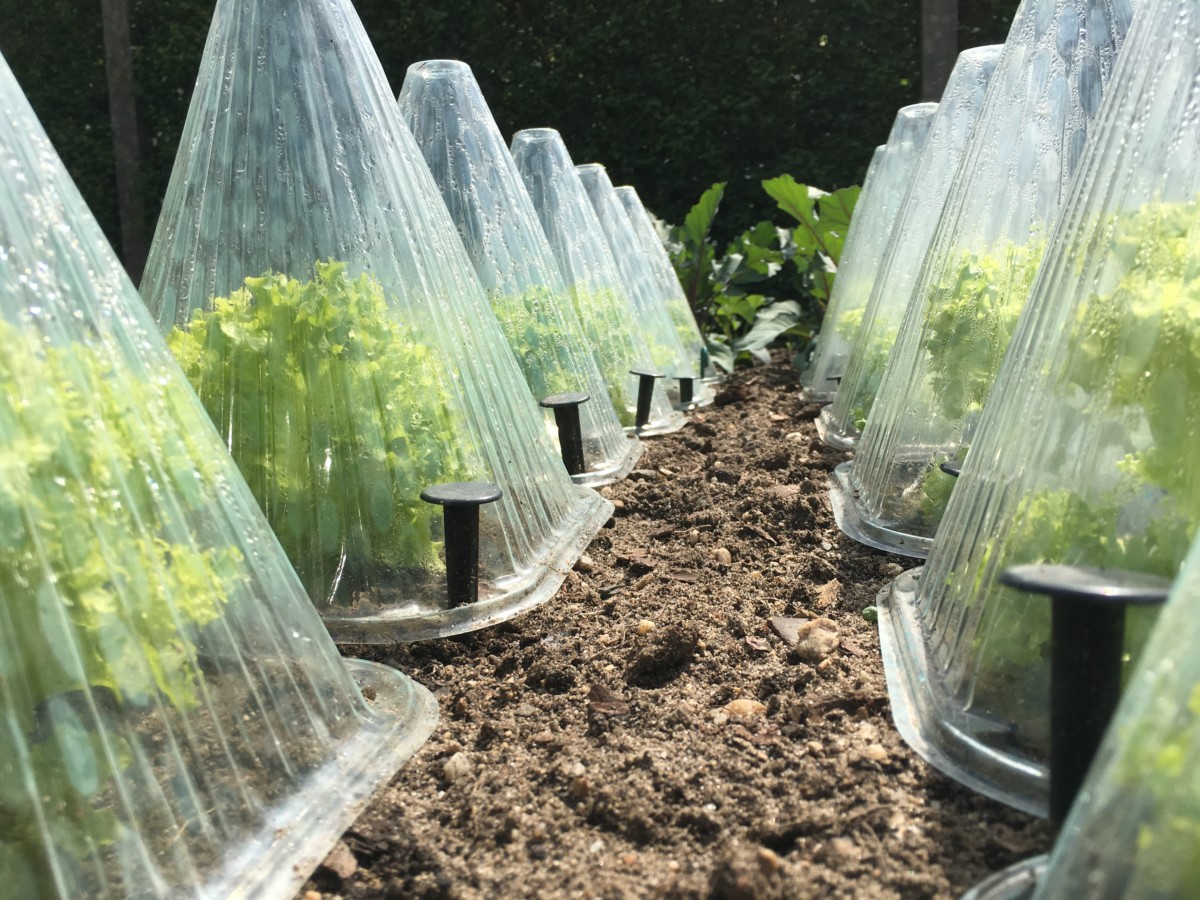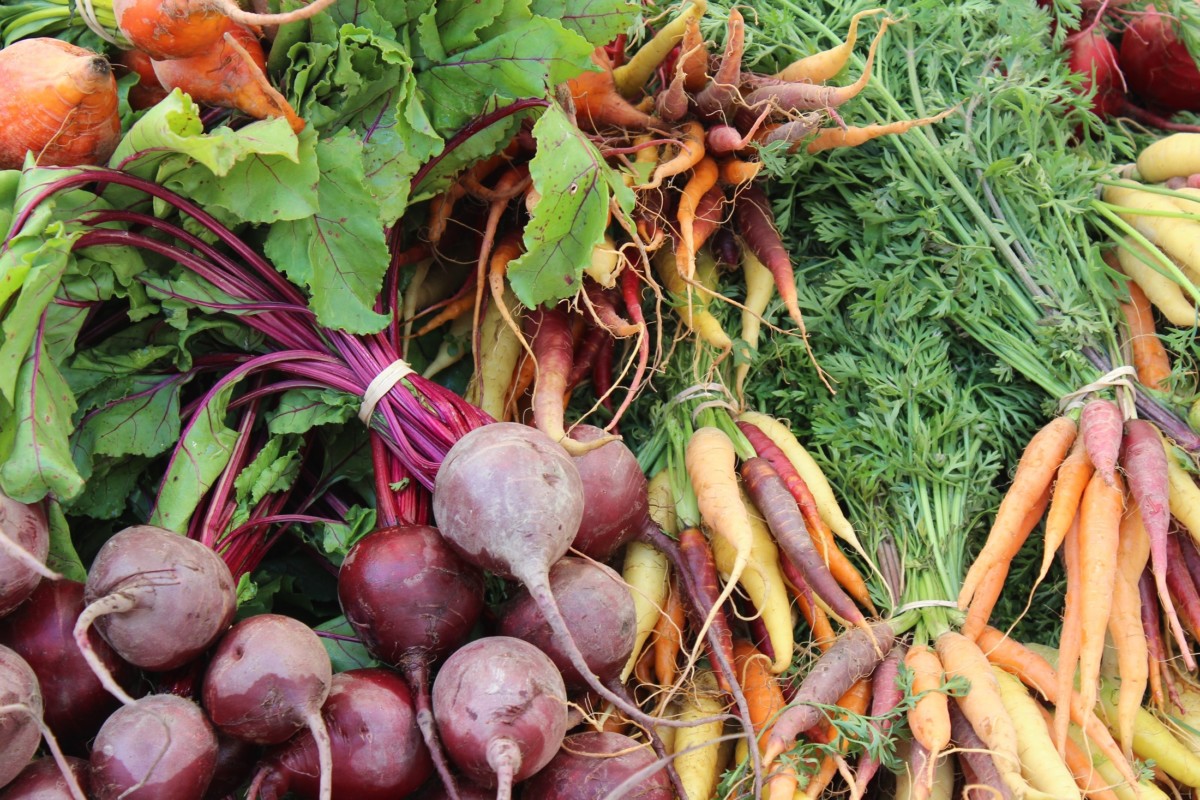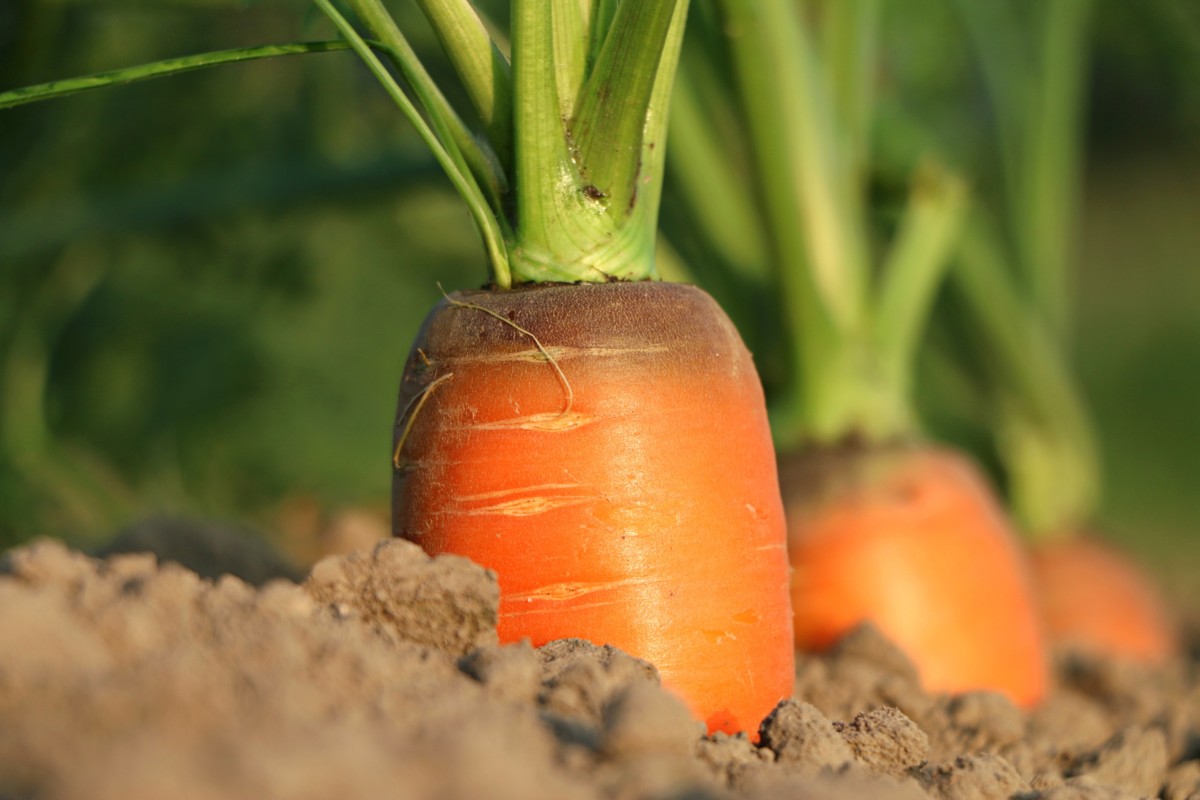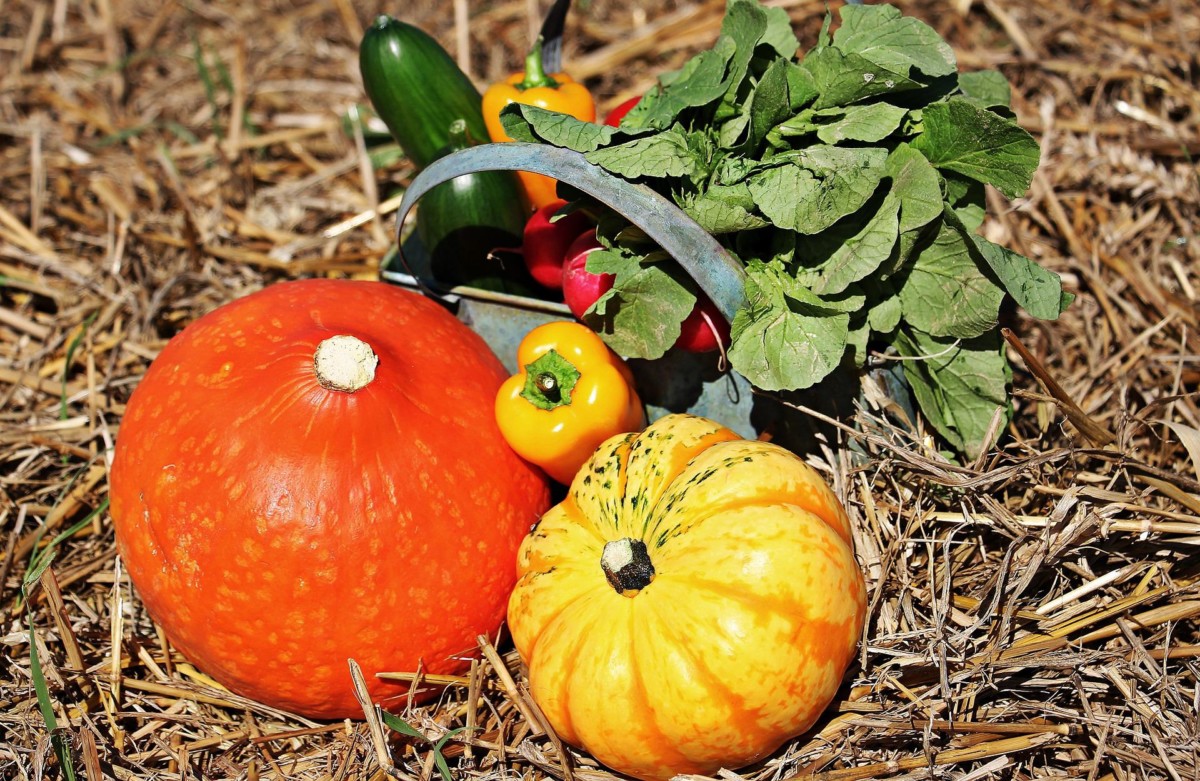
Five Tips for a Flourishing Fall Vegetable Garden
Planting a Fall Vegetable Garden in North Texas
From succulent, grilled summer squash to a cleverly-arranged crudité platter, there’s nothing like savoring a surplus of home-grown produce. With the Texas drought still in full swing, we could all use a little guidance on planting a fall vegetable garden. We sat down with our resident garden expert, Kat Hicks to glean her green thumb and vast wealth of knowledge and gather the best tips and tricks for our readers.
1. The Best Herbs & Vegetables for Fall
Emancipate your children from their after-school electronics by incorporating enticing elements into your fall vegetable garden. Flowering dill or basil lures playful pollinators like birds butterflies, moths, flies, beetles, wasps, small mammals, and, of course, bees. Bronze fennel is not only a great salad staple, but it acts as a host plant for swallowtail butterflies. Jack Be Little pumpkins are a festive favorite and have a shorter maturity rate, so now is a great time to plant. Broccoli romanesco’s spiral shape resembles seashells and kids enjoy watching it grow. Starting in September, you can plant most radishes and carrots in the ground.Parisian round & rainbow carrots are sweet and delectable for even the most finicky eater.
2. Timing Is Everything
Does this year’s excessive heat change your fall vegetable garden planting strategy? Yes, yes, and a resounding yes. With high temperatures nearing ninety through the end of August, and drought conditions still prevailing, use caution before planting produce outdoors. However, now is a great time to sprout seeds indoors! From cruciferous cauliflower, broccoli, and brussells to scrumptious summer squash, chard, and cucumbers, these vigorous veggies are resilient to relocation. Sow some savory spices simultaneously using herbs such as parsley or cilantro. Exercise patience as they develop roots and transplant into your garden bed once evenings become a consistently cool 75 degrees.
3. Soil Preparation
The ideal fall vegetable garden utilizes raised garden beds. Not only do they provide added protection from trampling little humans and canines, but these low-maintenance structures are more manageable, provide better drainage, and support a longer growing season due to temperature retention.
If planting in an existing bed, be sure to remove any remaining sod first. Then, rid the bed of any weeds. (Kat prefers lining the garden bed with old newspaper or cardboard boxes instead of herbicide.) Fill with organic soil, leaving room at the top to aid in erosion. (The fall winds will typically take the top 2 inches of soil with them.) For a 12″ raised bed, you’ll want a good 4-6 inches of clearance from the top.
Next, work in 2-3 inches of organic soil. (This percolates the water.) Fertilize with horse or cow manure at a rate of 60-80lb per 100 square feet. Till or work in organic compost, if desired, and water the entire garden for about 2 hours with a light sprinkling so it gets a deep soaking. Allow your bed to rest for 2 days and then it’s ready to plant!
4. Garden Care & Proactive Prevention
Watering
The soil in your fall vegetable garden should stay moist to about one inch in depth. (Use your knuckle to measure.) Kat highly recommends a drip irrigation system to lower the chances of fungal issues and conserve water! Keep in mind that dry, fall winds pull more water from veggies, so the transpiration rate (moisture leaving veggies) increases.
Pest & Disease Prevention
Pro tip: This same structure will hold heavier freeze cloths when the temperatures plummet.
5. Harvesting
Bonus Tips:
- Most fall herbs and veggies require full sun in winter; plant these in areas that receive 6+hrs of sun per day. Part sun varieties only utilize 2-3hrs of sun.
- Fall is also an ideal time to plant wildflower seeds for next spring; north texas mixes are available at your local nursery.
- Some plants like carrots don’t germinate until the ground gets cool; these perform better with thorough watering at a reduced frequency.
- Our average freeze day is Nov 21 — be prepared with freeze cloths and irrigation covers in advance.

